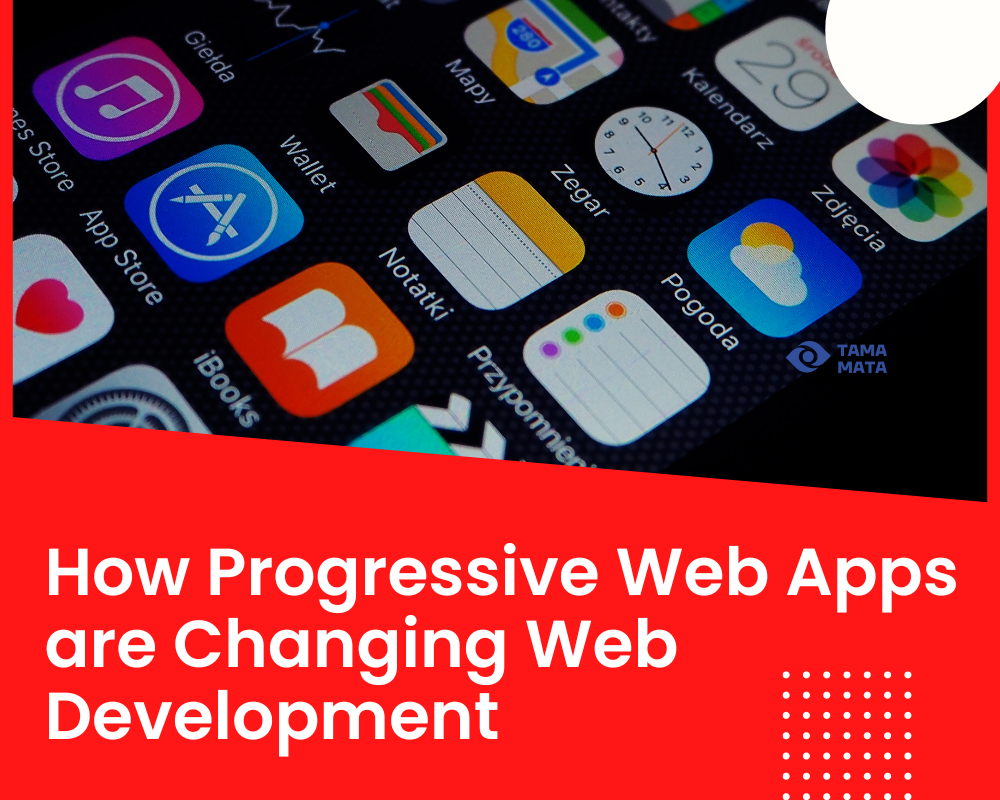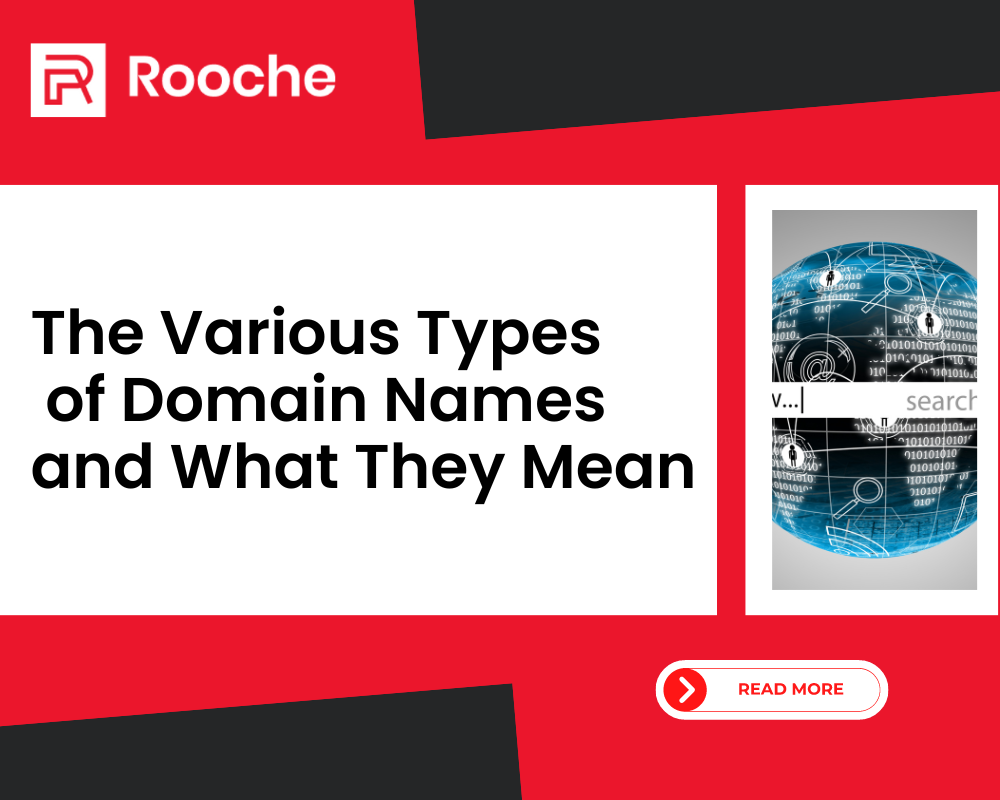The Various Types of Domain Names and What They Mean
What is a Domain? A domain is a unique name that identifies a website. It allows people to find your […]
Dec 8, 2022
Feb 4, 2023

We’ve all experienced the joys of mobile apps—their convenience, their speed, and their ease of use. But what happens when that same speed and convenience is brought to the web? Check out Progressive Web Apps (PWAs), a new type of website that combines the best elements of mobile apps with a native web experience. Let’s take a look at why PWAs are such an important development in web development.
A PWA is an application-like website that takes advantage of modern technologies like service workers, caching, and APIs to give users an app-like experience within a browser. It works by taking advantage of web features such as push notifications, offline access, and background sync while still providing a responsive user interface with smooth animations and transitions.

With PWAs, users can enjoy fast loading times even on slow internet connections or unreliable networks. Furthermore, PWAs are designed to be mobile-friendly, making them ideal for businesses looking to reach their customers on the go.
There are several benefits to using progressive web apps over traditional websites or native apps. First off, they provide a unique user experience that’s more engaging than what most websites offer today. Secondly, they don’t require users to download anything from app stores. All they need is an internet connection and they can access your website right away. Finally, because PWAs load quickly even on slow connections, you won’t have to worry about losing potential customers due to long loading times or poor performance.
To implement a Progressive Web App (PWA), you need to follow these steps:
Step 1: Determine the goals and requirements for your PWA:
Determining the goals and requirements for your Progressive Web App (PWA) is a critical step in the development process. Here are some things to consider:
Step 2: Choose a framework: There are many frameworks that you can use to build a PWA, including React, Angular, Vue, and more. Choose the one that best fits your needs and development skills.
Step 3: Create a manifest file: The manifest file provides metadata about your PWA, including its name, icons, and start URL. It also defines how your PWA should behave when launched from the homescreen.
Step 4: Register a service worker: A service worker is a script that acts as a network proxy, allowing your PWA to work offline and cache content for faster loading times.
Step 5: Design your PWA to be responsive: Your PWA should look and function well on a range of devices, from desktops to smartphones. Use responsive design techniques and test on different devices and screen sizes.
Step 6: Implement push notifications: Push notifications allow you to engage with your users even when they are not actively using your PWA. You can use a web push API to implement push notifications.
Step 7: Make your PWA installable: Your PWA should be easy for users to install on their devices, either from a browser or a platform-specific store.
Step 8: Optimize for performance: Ensure that your PWA loads quickly and efficiently by using techniques like lazy loading, image optimization, and code splitting.
Step 9: Test and debug your PWA: Test your PWA on different devices and browsers, and use debugging tools to identify and fix any issues.
Step 10: Deploy and monitor your PWA: Deploy it to a web server or hosting provider, and monitor its performance and usage to identify opportunities for improvement.
Progressive Web Apps have revolutionized web development by offering an app-like experience without requiring users to download any additional software or hardware components first. By taking advantage of features like push notifications and offline access while still providing smooth animation transitions on any device or browser, PWAs give users an engaging experience no matter where they are accessing your website from—which means more customers for you!

What is a Domain? A domain is a unique name that identifies a website. It allows people to find your […]
Dec 8, 2022

What is Android and how does it work? Android is a mobile operating system developed by Google. It is based […]
Dec 8, 2022

Understanding what SEO Keywords is? Keywords are the words or terms that people type into search engines to find information […]
Dec 8, 2022
Join our newsletter and be the first to receive future promo and sale updates from Rooche!